Menu
You can manage your membership and billing method by clicking here
Terms of Service
Privacy Policy
Copyright © 2024 Office of Immigration Australia, a private company registered in Australia. All Rights Reserved.

Checking membership status...
 EXCLUSIVE MEMBERS ONLY ACCESS
EXCLUSIVE MEMBERS ONLY ACCESSTo access this month’s edition & Member’s only resources, enter your registered email address.



This bulletin is for members only, and provides our members with month to month updates on Australian immigration policy changes and consequential opportunities. Opportunities are found via federal and state government policy shifts for the demand and supply for certain occupations.
This bulletin will keep you up to date so that you do not have to employ expensive immigration lawyers to provide you with monthly research.
November 2022 has arrived, and Australian migration opportunities are heating up!!
The federal-government-funded ‘National Skills Commission’s 2022’ findings have revealed the severity of Australia’s skill crisis! Skills Minister Brendan O’Connor warned that “The staggering jump in occupations listed, reinforces the urgent need to tackle skills shortages.” More than half of the 20 largest employing occupations are now facing massive skills shortages!
In response, Immigration Minister Andrew Giles said that the “Government understands the benefits of permanent residency” and is revising “ministerial directions” to plug the skills shortages that the country is facing. He noted, that these “policy changes” will “streamline” the processing of visas and cast a wider net overseas to help encourage offshore skilled workers to consider Australia for permanent migration!
In this month’s ‘Federal News‘, a new report has revealed Australia’s staggering skills shortage problem, with the number of occupations that are suffering skills shortages nearly doubling in the past year. The government is now looking at the best ways to address the problem, including by piling resources into processing visa applications. The government has pledged to increase the annual permanent migration cap, following the September jobs summit. Prime minister Anthony Albanese also stated that his “starting point” is to provide migrants with “the security that comes with a path to permanent migration, a path to being an Australian citizen”.
In this month’s ‘State News’, the Northern Territory (NT) Skilled Migration Program is now OPEN to OFFSHORE applicants! With the Northern Territory finally open, skilled workers residing offshore are now eligible to be considered for ALL State and Territory nominations!
In other state news, in response to the current national shortage of skilled workers, the States and Territories have been easing the conditions of their visa programs to help attract skilled workers from overseas. Please view the State Migration Section of this month’s bulletin for all State and Territory program updates and opportunities available!
In this month’s ‘Economic News’, Business Council chief executive Jennifer Westacott said the government’s decision to increase the permanent migration cap was a “really sensible decision”. She noted, “It’s going to put thousands of workers into the system. So too is the commitment to fast-track the processing of visas that are stuck in the system. This is a hugely important announcement”.
In other economic news, new data suggests 200,000 more staff are needed in the Australian hospitality industry to help it rebuild from the pandemic lock-downs. Experts in the industry are warning that restaurants, bars and cafés could be forced to close their doors over this time due to a dire shortage in staff.
In this month’s ‘Student News’, overseas students are returning en masse! With the border now open, students have returned in extremely large numbers, reversing the decline in 2020 when many students left Australia due to the pandemic. In this month’s edition, we also discuss the 5 cheapest Australian cities for international students to consider!
All this and much more in the November issue of The Australian Immigration Bulletin! Let’s take a deeper look at what has happened so far and what is planned for the remainder of November 2022 in Australian Immigration, so that you can start planning!
We are excited to announce a new benefit coming soon which will allow all our member’s access to an online platform and course to practice, study and improve their English and IELTS score. The IELTS exam is one of the key recommended exams you will need to take in order to Apply for Skilled Migration to Australia and the better your results, the higher points you will get when submitting an expression of interest. The advanced English and IELTS platform will allow all members to practice Mock IELTS Exams, learn cutting edge tips and gain a greater understanding of how to achieve a Band 7+.
We are also excited to announce “ImmiConnect” which is now available in the member’s area. ImmiConnect is the Office of Immigration Australia’s Employer Sponsored program which allows overseas workers to receive job interview invitations from Australian employers, when job opportunities come available.
The program aims to bring globally mobile, highly-skilled and specialised individuals to Australia who can fill critical areas of need.
ImmiConnect is exclusive to active Australian Immigration Bulletin Members only. You must be a current Australian Immigration Bulletin Member to be eligible to receive job interview invitations.
So if you are interested in receiving these invitations, please sign up for free by Clicking “ImmiConnect” and adding your name and email address.
As legislation and travel requirements are constantly changing, we strongly recommend obtaining advice on your individual situation from a Registered Migration Agent.
Please click here to book a consultation with one of our Registered Australian Migration Agents, located in Australia.
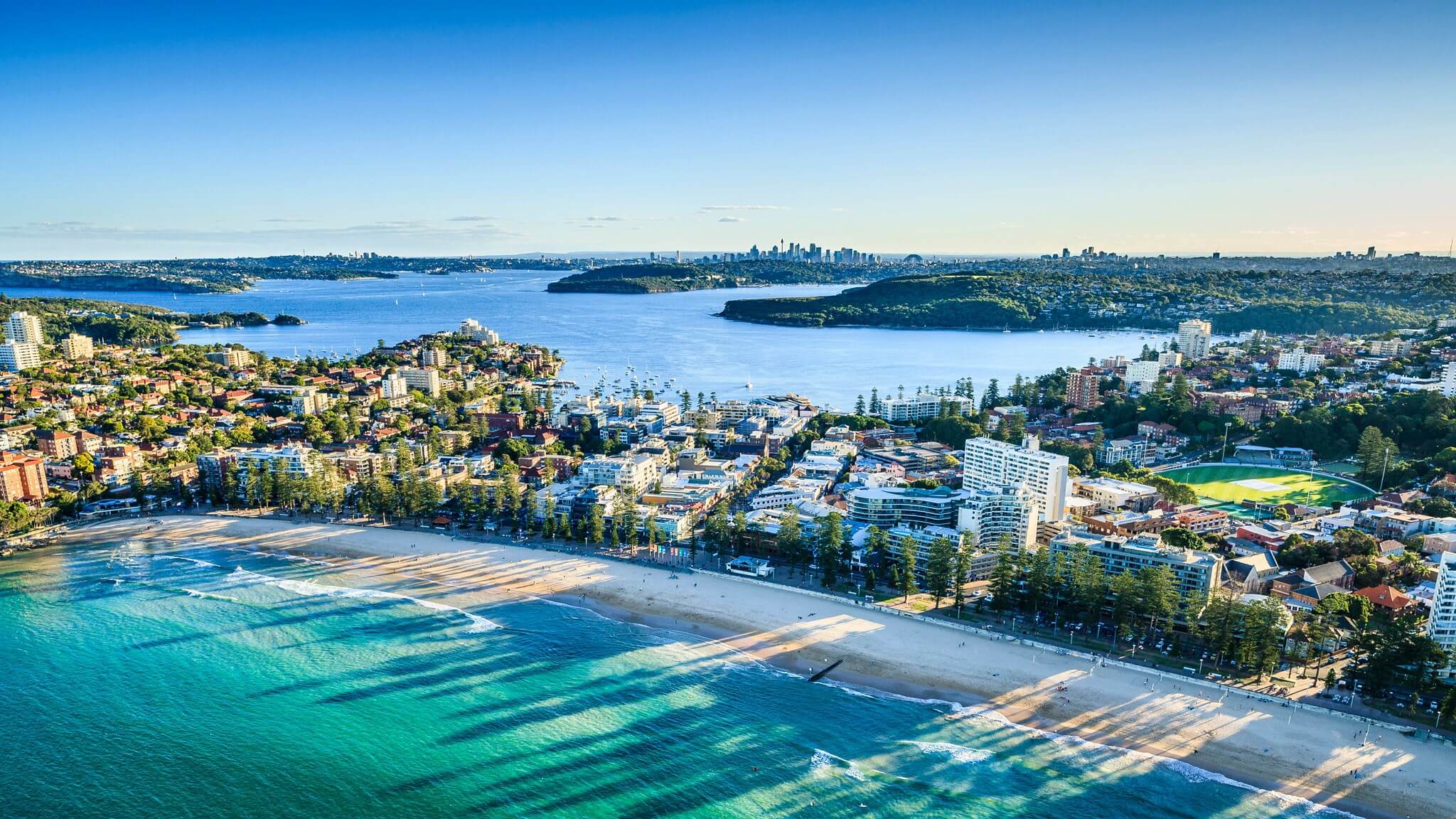
Australia’s 2022-23 Migration Program has been carefully designed to boost the social and economic outcomes that meet Australia’s needs. In fact, the migration programme was first launched in 1945 following the aftermath of World War 2. Given this long history, it is worth understanding how it works. The Australian Immigration Bulletin exists to help explain this in more detail.
As we’ve entered the 11th month of the year, join us for a look at the latest news and developments in the world of Australian Immigration!
We asked those who have established themselves with skilled jobs to share their experience and tips for a career in Australia.
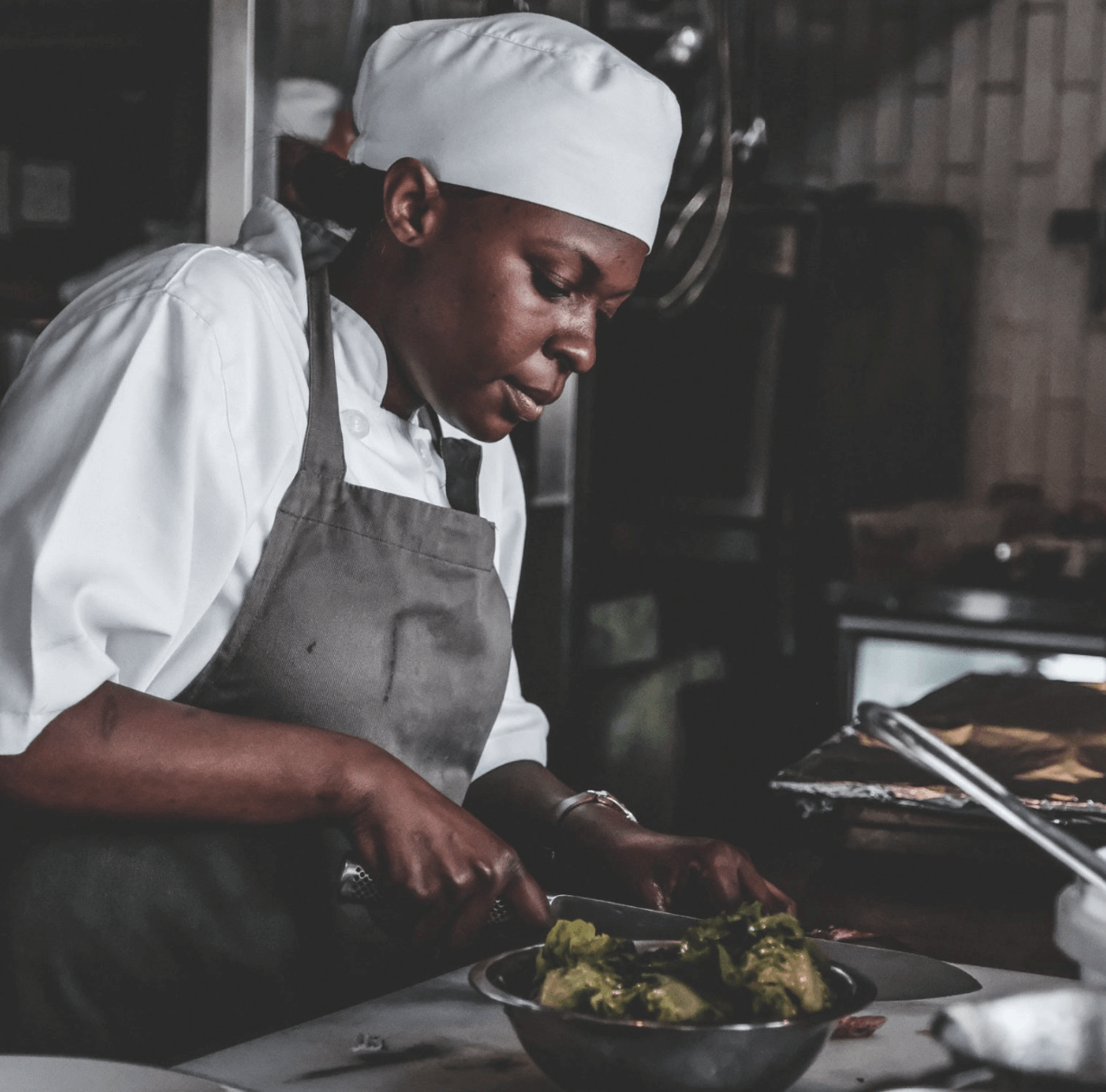
We spoke with Simone, a skilled migrant working as a Head Chef for the last three years.
How did you start your career in Australia?
I studied culinary arts for four years back home in Jamaica. After a couple of years of doing work experience overseas, I got an offer to become a chef here in Australia.
What are the job trends in hospitality?
It’s pretty easy because hospitality is a fast-paced industry, and most places have a high turnover rate. You don’t need much experience to start in hospitality unless you’re doing certain areas, like being a chef or being a manager. That’s where you need more experience. So I wouldn’t say it’s a hard industry to get in, but you need qualifications to progress to other jobs. You can do qualifications at TAFE, or at culinary schools like I did. Once you get in, it’s all on you to work your way up.
How can migrants be competitive in seeking hospitality jobs?
Well, I think the fact that Australia was looking for chefs outside of Australia, it shows that there is room in this market for skills. What we need to do in order to be competitive is to make sure that you’ve done the right courses to be qualified, and after that, make sure you’re getting experience from a range of different businesses. From there, you just work your way up by working on your experience.
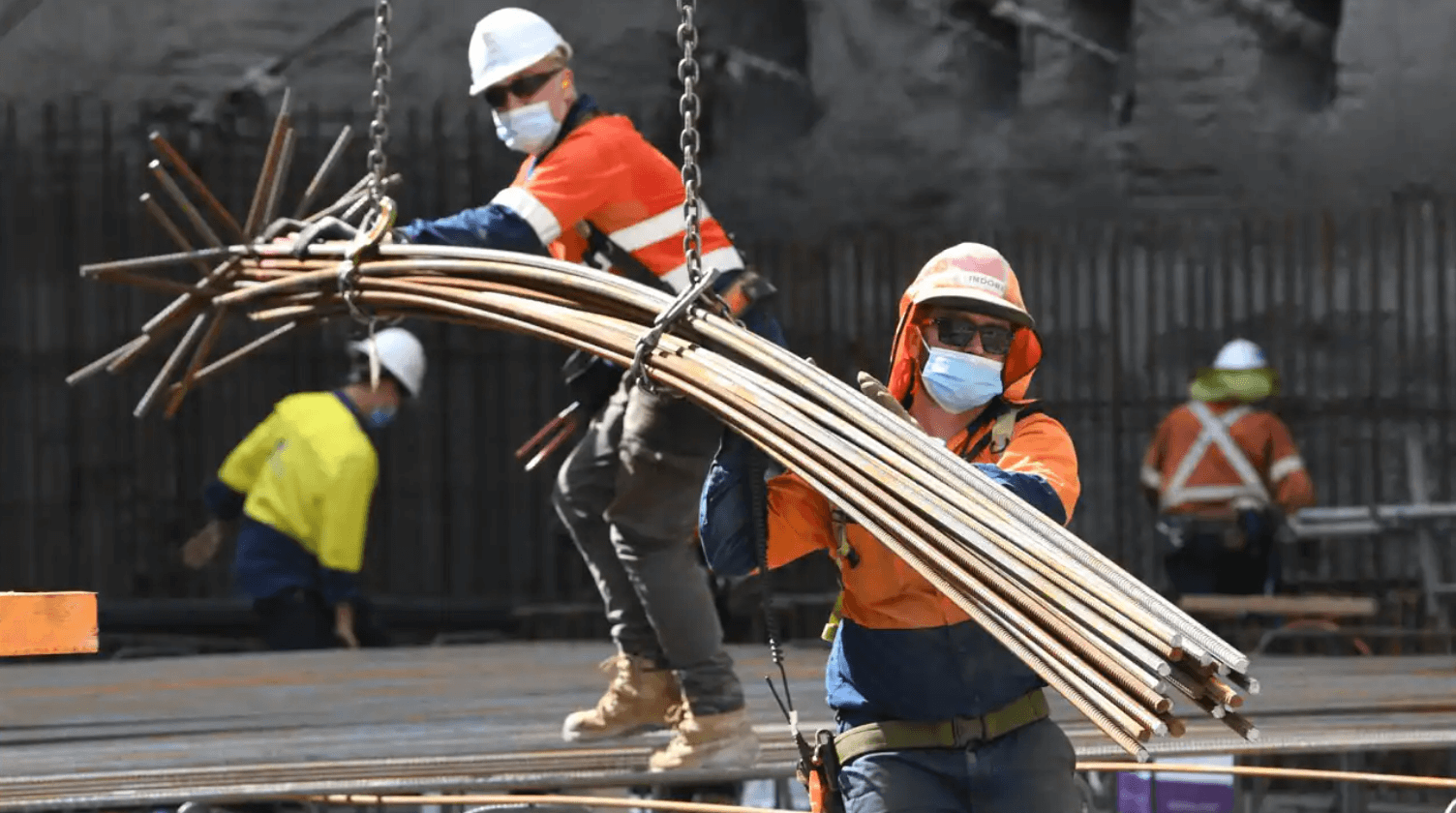
A new report has revealed Australia’s staggering skills shortage problem and has raised questions about how to address the problem.
The number of occupations suffering skills shortages has nearly doubled in the past year, with authorities now looking at the best ways to address the problem, including increasing visa opportunities.
The federal-government-funded National Skills Commission’s 2022 found 286 occupations had shortages nationally, compared to 153 occupations in 2021.
“The staggering jump in occupations listed reinforces the urgent need to tackle skills shortages,” Skills Minister Brendan O’Connor said.
The release of the list comes ahead of the Ministerial Skills Council in Melbourne, during which skills ministers from across the country will consider how best to address shortages.
The commission provides advice to the government to help inform its decisions, but Grattan Institute economic policy program director Brendan Coates said the new list wouldn’t necessarily lead to any immediate changes to skilled occupation lists which has been developed by the government and used for visa processing, which drives most of Australia’s skilled migration.
Applications from people with occupations on the Priority Migration Skilled Occupation List (PMSOL) are currently being fast-tracked through Commonwealth and state and territory visa processing schemes. Most recently, the occupations of a hospital pharmacist, industrial pharmacist and retail pharmacist were added to the list in July 2021.
The chief executive of the national employer association Ai Group, Innes Willox, said the release of the commission’s Priority Skills List was a reminder of the importance of the migration program to filling immediate skills gaps.
“While the National Skills Commission data are separate from the Department of Home Affairs priority Skilled Occupations list, it should provide important input as that list is updated.”
Skills Minister Brendan O’Connor was asked whether the government would be making changes to visa requirements using the updated Skills Priority List but he has not yet commented on this.
A spokeswoman for the National Skills Commission said the list helped inform advice on the targeting of policy initiatives.
“That said, it is important to note that it is not the only input into any such advice,” the spokeswoman said.
In a separate statement, Mr O’Connor said the government had taken immediate steps to address the skills gaps and strengthen the VET [vocational education and training] sector.
“That is why the Albanese Government convened the Jobs and Skills Summit and is prioritising the passage of the Jobs and Skills Australia Bill, which is now in the Senate for passage,” he said.
“It’s also why the national cabinet agreed to 180,000 fee-free TAFE places by 2023 and why the Labor Government has pledged to deliver 20,000 new university places.”
The commission’s report noted that the ongoing effects of COVID-19, along with the changing economic landscape, had contributed to a range of challenges in many occupations, including health professionals and teachers.
In the meantime, ongoing issues in the labour market remained, such as persistent shortages of technicians and trades workers, the report stated.
More than half of the 20 largest employing occupations (including aged and disabled carers, electrician, store person or waitress) were facing skills shortages.

The federal government has made it easier for GPs, teachers, early educators, aged-care nurses, and other professionals within in-demand occupations, with a lower grasp of English, less experience or lower qualifications to apply for work in Australia as it casts a wider net overseas to fill the national skills shortage.
Potential skilled migrants must submit an expression of interest to work in Australia to then be invited to apply for certain visas. To be invited they must have achieved a points threshold – varying by occupation – with points awarded for age (there is an age limit of 45 and fewer points for those over 40), level of English language proficiency, educational qualifications and work experience.
As part of the August invitation round, the points required for various professionals to receive an invitation were reduced significantly. Secondary school teachers, who needed 90 points in April to be invited to apply for a visa only need 65 points, as did early childhood teachers and aged-care nurses, both of which needed 85 points months before. The threshold for general practitioners was lowered from 90 points in the last round to 65 points.
Almost 13,000 overseas workers received an invitation to apply for a permanent skilled visa in August, the biggest invitation round since the pandemic, targeting occupations in key areas of demand, with more than a quarter of those new invitations resulting in an application being lodged.
Immigration Minister Andrew Giles said the government was revising “ministerial directions” to plug the skills shortages the country is facing, though he didn’t elaborate.
“The former government neglected the immigration system. For nine years, including under former home affairs minister [Peter] Dutton, Australia was held back by a lack of action on visa processing,” Giles said.
The government has piled resources into processing visa applications, finalising almost two million between June and mid-September, and pledged to increase the annual permanent migration cap following the September jobs summit.
A Department of Home Affairs spokesperson said the points awarded for each factor had remained unchanged since 2019, as had the “pass mark” – 65 points – at which workers can lodge an expression of interest for the skilled independent visa and skilled work regional visas.
“All points-tested applicants must demonstrate at least a competent level of English – higher depending on the occupational requirement – and have had their skills positively assessed by the relevant assessing authority,” the spokesperson said.
But former Department of Immigration deputy secretary Abul Rizvi said there were several occupations, whose invitation threshold they’d “driven to the lowest level they could, which is 65 and basically, anyone who had an EOI in the system in the right occupation has been given an invitation.”
The annual skills priority list released last week shows the number of occupations in shortage rose from 153 to 286 over the past year. Employers were advertising 301,000 job vacancies in August, up by 37 per cent on the same month last year.
Registered nurses are in extreme demand, and the aged care sector has been haemorrhaging staff, with providers warning they will have to close unless they can find tens of thousands more staff.
Australian Nursing and Midwifery Federation federal secretary Annie Butler said the union’s concern was that while the government was making it easier for people to get to Australia, they need to make sure that they fully meet the professional registration requirements.

The immigration minister has revealed where the visa backlog now stands. Here’s how the government plans to further tackle the issue.
Australia’s visa backlog must be reduced to ensure the nation can remain competitive on a global scale, the immigration minister says, as he revealed the government has made progress in tackling the “massive” problem.
In a speech at the Migration Institute of Australia National Conference in Hobart, Andrew Giles revealed the visa backlog now sits at around 880,000 applications.
The backlog was labelled “massive” by Prime Minister Anthony Albanese not long after Labor won government.
How is the government working to clear the visa backlog?
In July, the government said it was determined to reduce the backlog in a bid to address Australia’s skills shortage crisis. That same month, the Department of Home Affairs said it had redirected extra resources and was bringing on more staff to address the problem.
This was confirmed at the Jobs and Skills Summit in September, where the government announced it would spend $36 million to hire 500 extra staff over nine months in order to lower visa processing times.
Mr Giles said in his speech that there is now an extra 260 staff working on visa applications. A further 260 are being trained.
He said that since 1 June, the Department had processed more than 2 million temporary and permanent skilled visa applications.
Mr Giles said “policy changes” would “streamline” the processing of visas, leaving fewer in the backlog.
Why is the government eager to clear the backlog?
Mr Giles said the backlog created “ongoing uncertainty” for applicants, which was not only difficult for them, but also for businesses.
He said it was not “smart” for “hundreds of thousands of people” to be on bridging visas, which can be issued when an individual’s substantive visa expires and they are waiting for a new application to be processed.
“Australia does not have the luxury of operating in an environment free from competition,” Mr Giles told the conference.
He reiterated the federal government’s desire to improve pathways to permanent residency.
“Leading technology businesses, medical research institutions, and major infrastructure companies are faced with the impossible situation of trying to recruit across the world and unable to offer the sponsored pathway to permanent residency, that is required to compete internationally,” he said.
“This Government understands the benefits of permanent residency.”
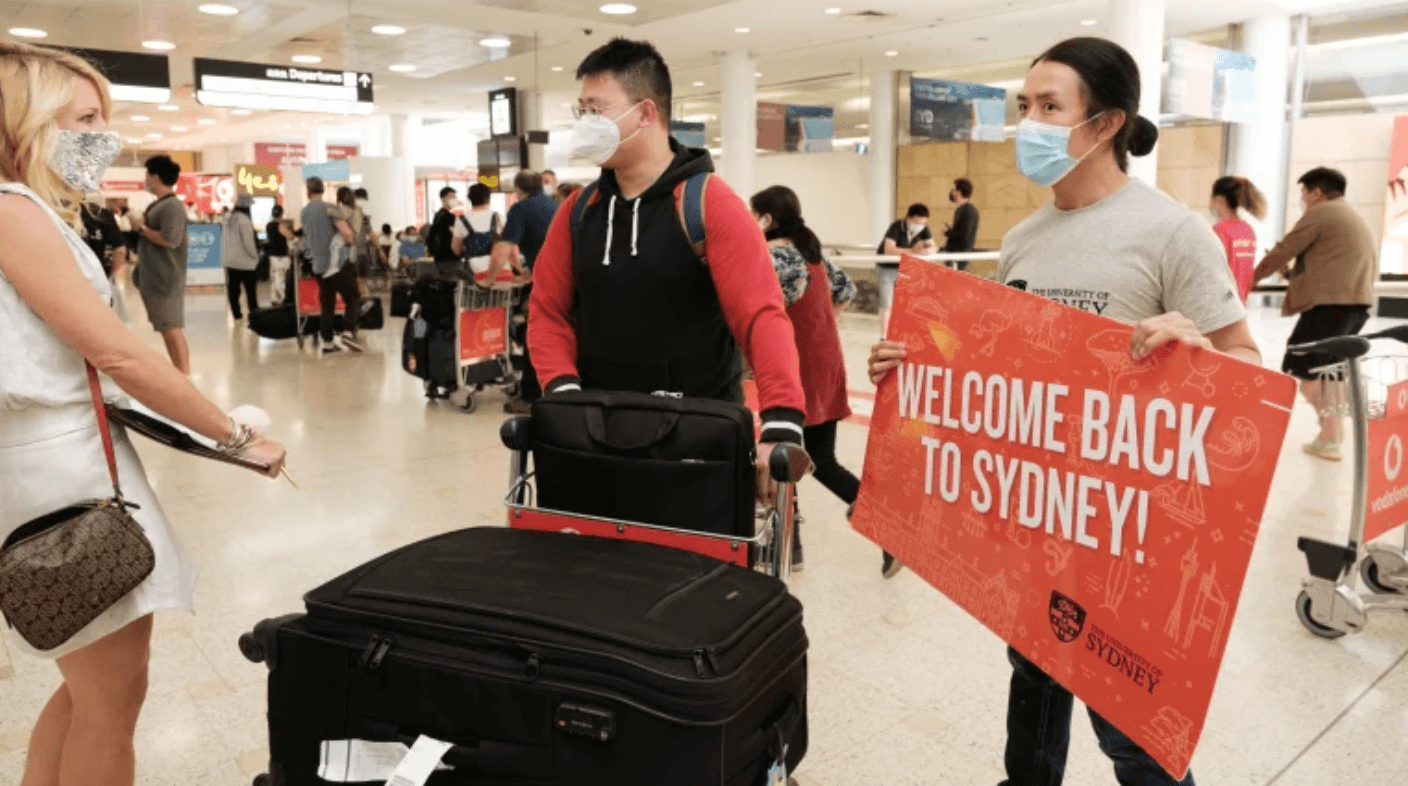
Australia’s population grew by 0.9 per cent in the year to March 2022, according to data released today by the Australian Bureau of Statistics (ABS).
Beidar Cho, Demography Director at the Australian Bureau of Statistics (ABS), said “After two years of mostly low or no population growth, overseas migration is again a significant contributor to Australia’s population increase, accounting for almost half of the growth in the year to March 2022.”
The strength in net overseas migration was driven by a large increase in arrivals (up 183 per cent on the previous year to 320,000) while overseas migrant departures held steady (up 1.5 per cent to 210,400).
In contrast, this result is a strong turnaround from overseas migration in the year to March 2021 (-94,300), but still trails recent pre-pandemic annual levels which ranged from 238,000 to 260,000.
There were 309,300 births and 179,100 deaths over the year to March 2022. The resulting natural increase of 130,200 was down 4.6 per cent from the previous year, with the increase in deaths (16,300 or 10 per cent) outpacing an increase in births (10,000 or 3.4 per cent).
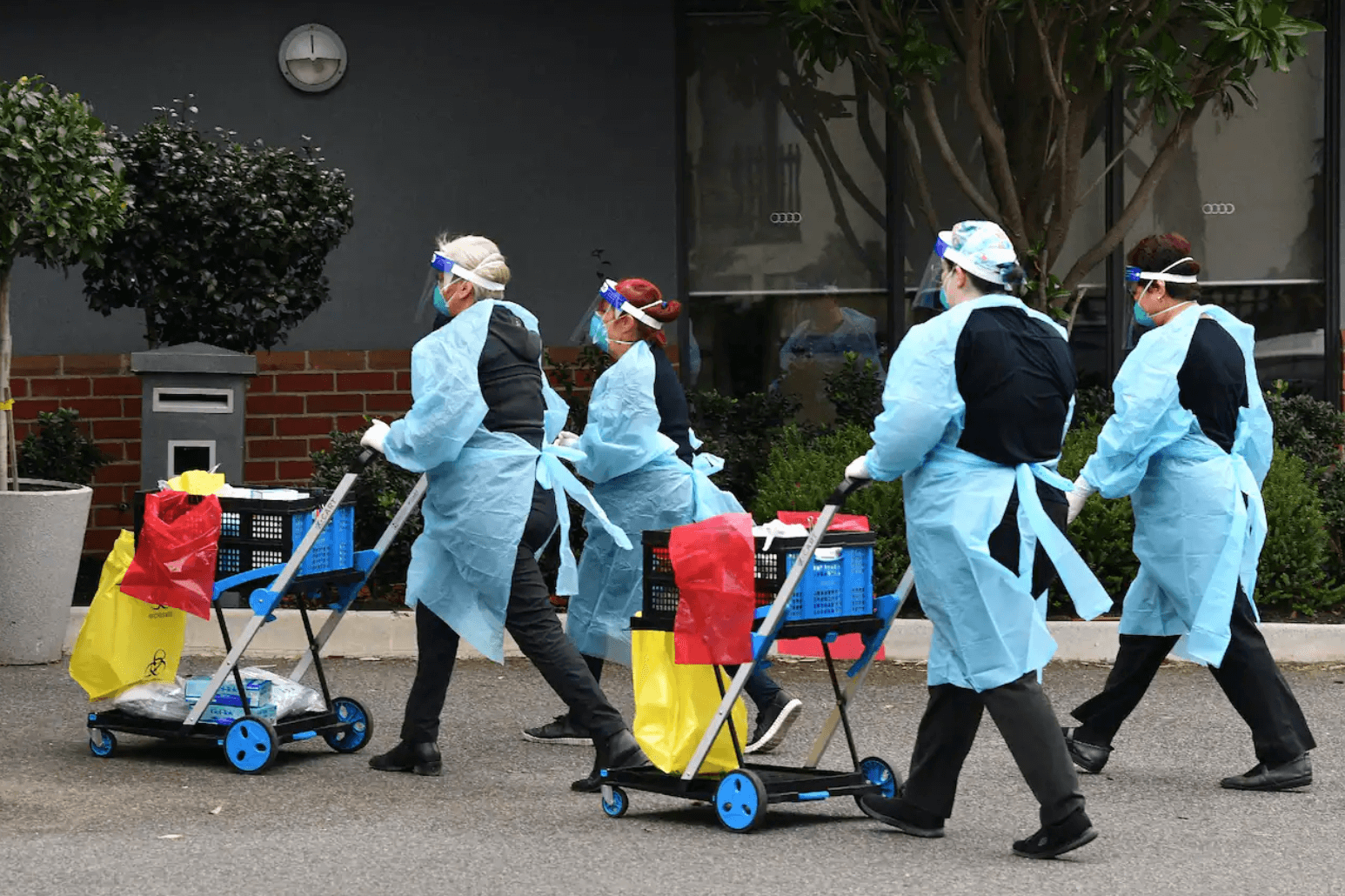
Australia is a migration nation. You all know this. Over 29 per cent of our 26 million residents were born abroad.
That’s big in international comparison. Ever since the end of World War II, Australia has increasingly welcomed more migrants to the country.
Let’s quickly discuss the recent history – say 100 years or so – of migration to Australia and what the future of migration might look like.
Over the past decade, two-thirds of growth in the migrant population came from Asian nations, while the European-born population declined. Migration appears in cycles. Always has, always will.
For example, Greeks came to Australia in the 1950s and 1960s when we needed migrants in our factories and there weren’t sufficient economic opportunities in Greece. After the 1970s, only a few Greeks moved to Australia. Consequently, Greek-born Aussies are old now – 74 is the most common age.
Over the past 60 years, the Greeks changed Australia for the better by filling important working-class jobs, introducing superior food, and adding columns to family homes.
The recent shift in migration patterns from Western countries to Eastern countries is best visualised by looking at the Indian-born residents of Australia.
The most common age for an Indian-born resident is only 36. Once again, these migrants fill important jobs (this time mostly in highly-skilled occupations), add to the culinary richness (curry is now a stock standard dinner option in Australia), and integrate well into Australian society as they too obsess about cricket and home ownership.
In 2001, Indians were the 10th-largest migrant group in Australia. Today they are the second-largest group (just behind the slowly declining English). The Greeks moved in the opposite direction (ranked 7th in 2001 and 17th in 2021).
Migration recovery
Australia only loses population at scale (in net terms) to overseas destinations in times of extreme events.
World War I stands out in the chart below. A total of 334,000 Australians served overseas during that war. That accounts for the outflow peak in 1915 and 1916.
The only other sizeable net population loss in Australia’s recent history was the outflow of international students and temporary skilled migrants during the COVID pandemic.
Assuming no further world wars or pandemics, we have reason to believe pre-pandemic migration levels will return soon. After all, Australia remains an attractive destination for migrants. Remember what we have to offer: a stable democracy, a functioning health system, a rich English-speaking nation, a decent lifestyle and the weather isn’t too bad either.
Since late 2021, both the former Coalition Government and the new Labor Government have been seeking to boost immigration levels and citizenship.

If you are interested in applying for a general skilled migration visa to Australia, it is important to have a good understanding of the skilled visa options and how the migration points test works, so that you can maximise your chances of being eligible to apply for a skilled visa.
A general skilled migration visa is an option available to skilled workers who are seeking to qualify for a skilled visa independently, or under a state or family sponsorship. It is an alternative to an employer sponsored visa.
One of the key criteria to qualify for a general skilled migration visa is the points test (a criterion that does not apply to employer sponsored visas). This is often the most challenging aspect for prospective skilled visa applicants to overcome when seeking an invitation to apply for the relevant skilled visa.
If you are considering applying for a general skilled migration program visa, an important concept to understand is the Expression Of Interest (EOI).
If you are considering applying for a general skilled migration visa, it is important to be aware that for certain visas in this visa class, you will first be required to lodge an EOI with the Department of Home Affairs (the Department) through SkillSelect. The EOI is not a visa application, but rather, it is the process by which you can express your interest in applying for the relevant skilled visa (It’s important to note, that there is NO fee to submit an EOI).
This requirement applies to the following skilled visa subclasses:
Let’s take a brief look at each of these visas below:
The ‘subclass 189 federal sponsored visa’ grants automatic permanent residence in Australia. It is subject to nil visa conditions or obligations. For this reason, it is often considered to be the most flexible of the skilled visa options available.
A subclass 189 points-based visa allows you to live and work in any state or territory permanently.
The ‘subclass 190 state sponsored permanent residence visa’ is another points-based visa for which invitations are issued throughout each month by individual states and territories. One of the benefits of applying for state nomination is that you will be granted an additional 5 points.
An important aspect to consider, which does not apply to the subclass 189 visa is that there is an added step in the application process. In this case, you must also apply for nomination approval to a state or territory government. Only upon receipt of an invitation from the relevant state or territory to which you apply can you then apply to the Department for the visa itself.
Your obligations as a subclass 190 visa holder are that you must commit to your nominating jurisdiction’s obligations and commit to residing in your nominating State or Territory for two years from visa grant.
The subclass 491 visa is also points-based. It is a regional state or family sponsored visa with a term of five years. The Department issues invitations for family sponsored EOI applications only (in invitation rounds). Invitations for state sponsorship are issued by individual states and territories throughout each month. This will grant you an additional 15 points for the nomination.
Being a provisional visa, this means it provides a pathway to permanent residence in Australia with the Subclass 191 Permanent Residence (Skilled Regional) visa, subject to meeting specified requirements.
Be mindful that as a subclass 491 visa holder, you must abide by visa condition 8579, which requires you to live, work and study in a designated regional area of Australia. For migration purposes, most locations of Australia outside of major cities (Sydney, Melbourne, Brisbane, Perth, etc.) are classed as regional areas.
If your EOI is successful, you will receive an invitation to apply for the visa, as specified in the invitation letter. This then enables you to proceed with lodgement of your visa application (provided you meet all other visa lodgement and visa grant requirements).
Please note, the below State and Territory program updates is a general overview only. It does not take into account any of your personal circumstances. You must check the State/Territory information carefully to ensure you can meet all the requirements for nomination.
Australia is currently facing a shortage of skilled migrants to fill workforce demands. In response, states and territories have been easing the conditions of their visa programs to help attract skilled workers from overseas.
Below is the monthly update for some of the State and Territory opportunities available.
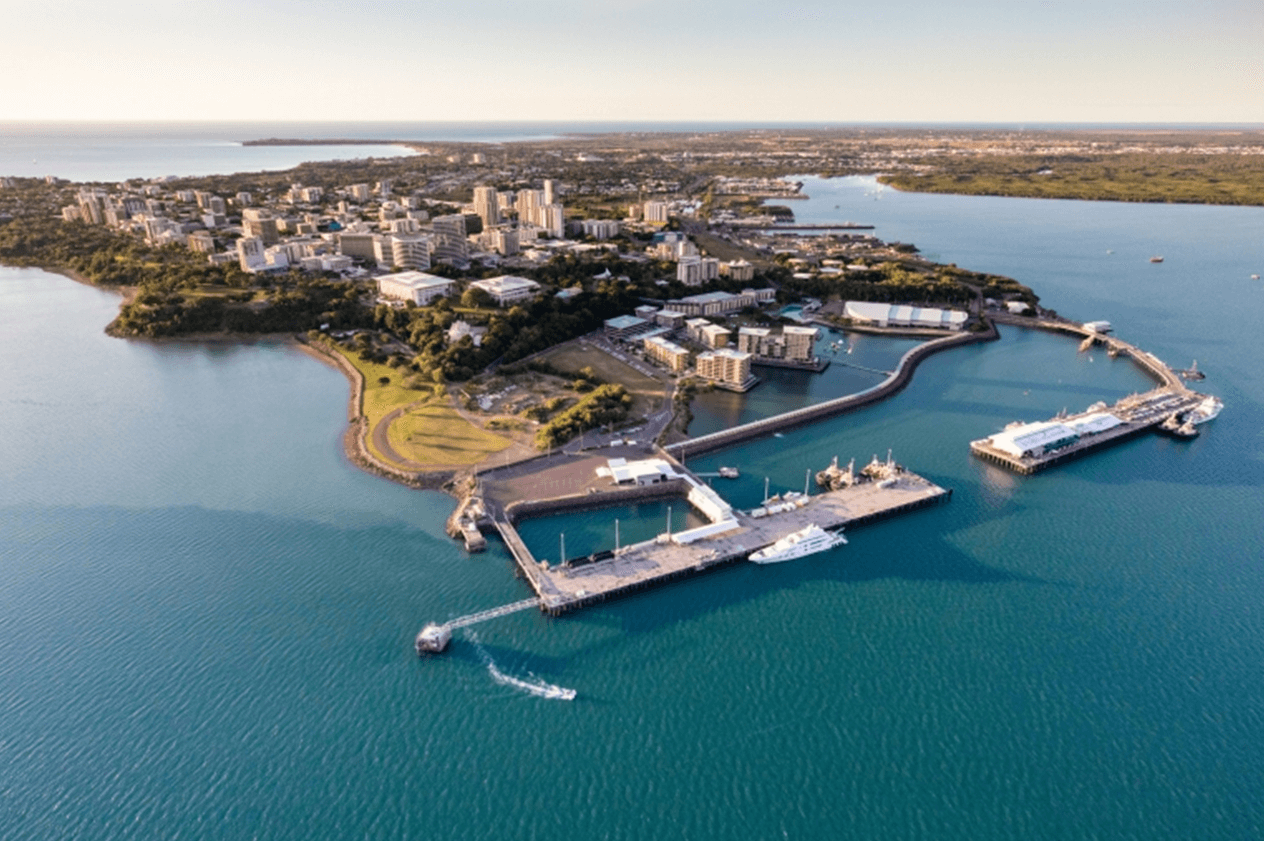
Program Status Update
People residing offshore are now eligible to be considered for Northern Territory (NT) nomination. Invitations to apply for Northern Territory nomination will be via the ranking system.
The ‘Northern Territory Offshore Migration Occupation List’ identifies the occupations in current demand in the Northern Territory. This List is important if you want to apply for Northern Territory nomination for either a:
The ‘Northern Territory Offshore Migration Occupation List’ is only applicable for those applying for NT nomination from outside Australia, under the Priority Occupation stream.
Please note: The Northern Territory government has advised that offshore applicants will generally only be offered a Northern Territory nomination for a subclass 491 visa. Subclass 190 nominations will only be offered in exceptional circumstances, such as cases where the applicant has strong connections to the NT.
The NT advises eligible applicants to apply as soon as they meet the eligibility criteria. To receive a nomination from the NT Government, you must:
Before submitting an EOI for The Northern Territory, applicants should check that they meet all eligibility requirements.
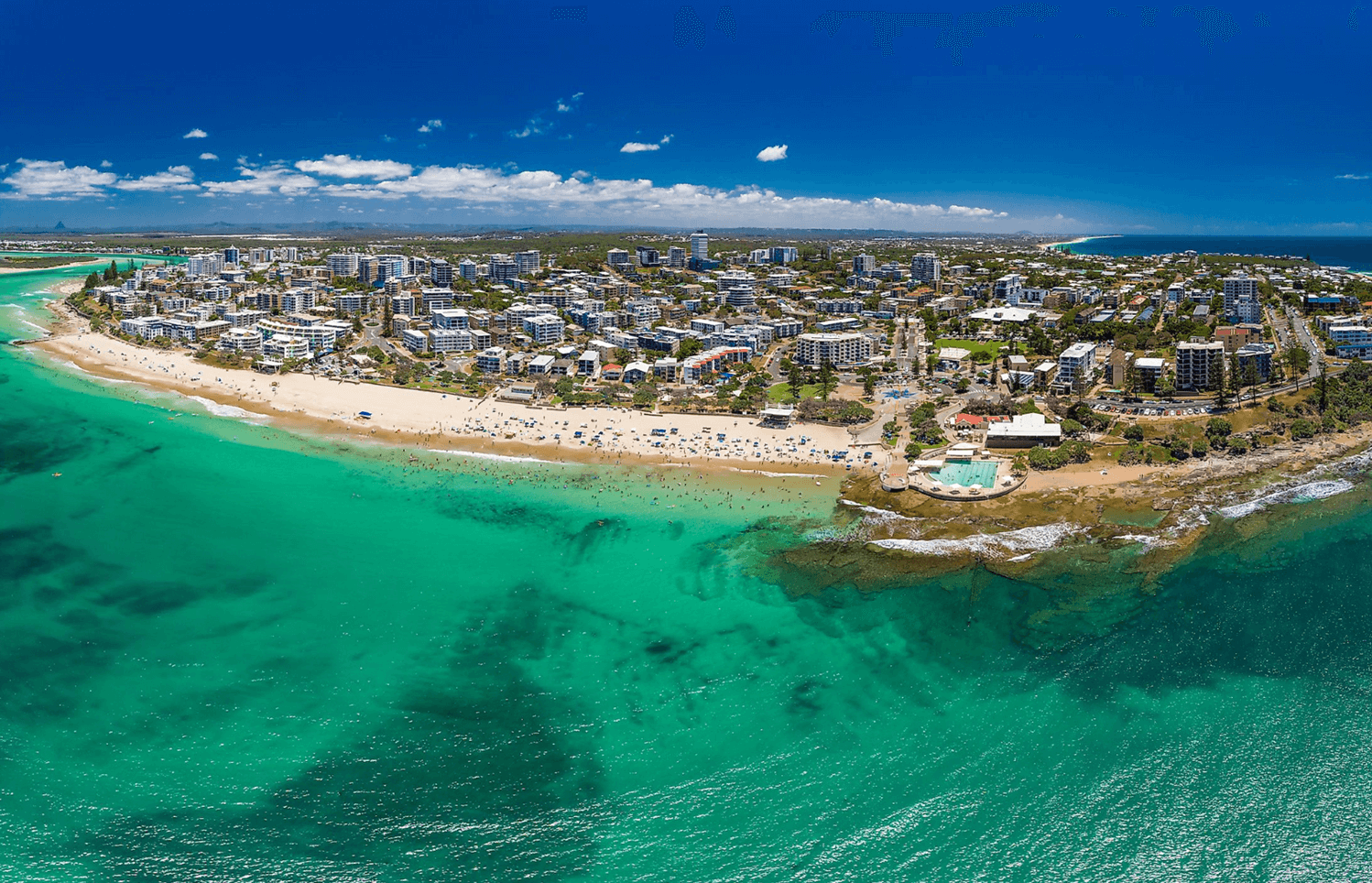
Program Status Update
To manage Queensland’s COVID recovery response, applicants currently residing offshore are now able to apply.
Depending on your occupation and situation, there are two state nomination options available for skilled migrants through Queensland.
For Queensland state nomination, prospective applicants must meet the Department of Home Affairs requirements, state-specific occupation requirements and have skills in an occupation that is available on the Queensland Skilled Occupation List.
You may undertake employment once onshore in Queensland through:
Offshore applicants meeting the minimum published requirements can now lodge a Registration of Interest (ROI).
Migration Queensland, the state government agency responsible for skilled visa nomination, has stated they will only accept a brand new EOI submitted on Skillselect from 16 August 2022. Updating existing EOI’s submitted prior to 16 August 2022 will not be invited.
The agency also requests all applicants to ensure they have carefully read and understood the new criteria relevant to their stream or pathway, and that they meet the criteria before submitting an Expression of Interest (EOI).
The 2022-23 Skilled Migration Program will be open to both onshore and offshore applicants and provide pathways for skilled workers, graduates, and small business owners.
Before submitting an EOI for Queensland, applicants should check that they meet all eligibility requirements.

Program Status Update
Now open to offshore applicants, the program provides skilled migrants with a pathway to permanent residency in Victoria. The skills that successful applicants bring to Victoria benefits employers and the broader Victorian economy.
The program provides two visa pathways.
The Skilled Nominated visa (subclass 190) is a permanent visa for skilled migrants to live and work anywhere in Victoria. The Skilled Work Regional (Provisional) visa (subclass 491) is for skilled migrants to live and work in regional Victoria and provides a pathway to permanent residency through the Permanent Residence (Skilled Regional) visa (subclass 191).
As with previous years, applicants will first need to submit a Registration of Interest (ROI) and then be selected on competitive merit to apply for visa nomination.
Both onshore and offshore applicants from all skilled occupations in skill level 1, 2 and 3 are eligible to submit a Registration of Interest (ROI) for both the subclass 190 and subclass 491 visas.
This is a significant change from the 2021-22 Skilled Migration Program, which did not allow applications from individuals overseas. Additionally, the new program is a great opportunity for applicants who work in a variety of occupations, particularly since the 2021-22 program was previously aimed at applicants in science, technology, engineering, mathematics and medicine (STEMM).
Before submitting an ROI for Victoria, applicants should check that they meet all eligibility requirements.
ROIs will be assessed until May 2023.
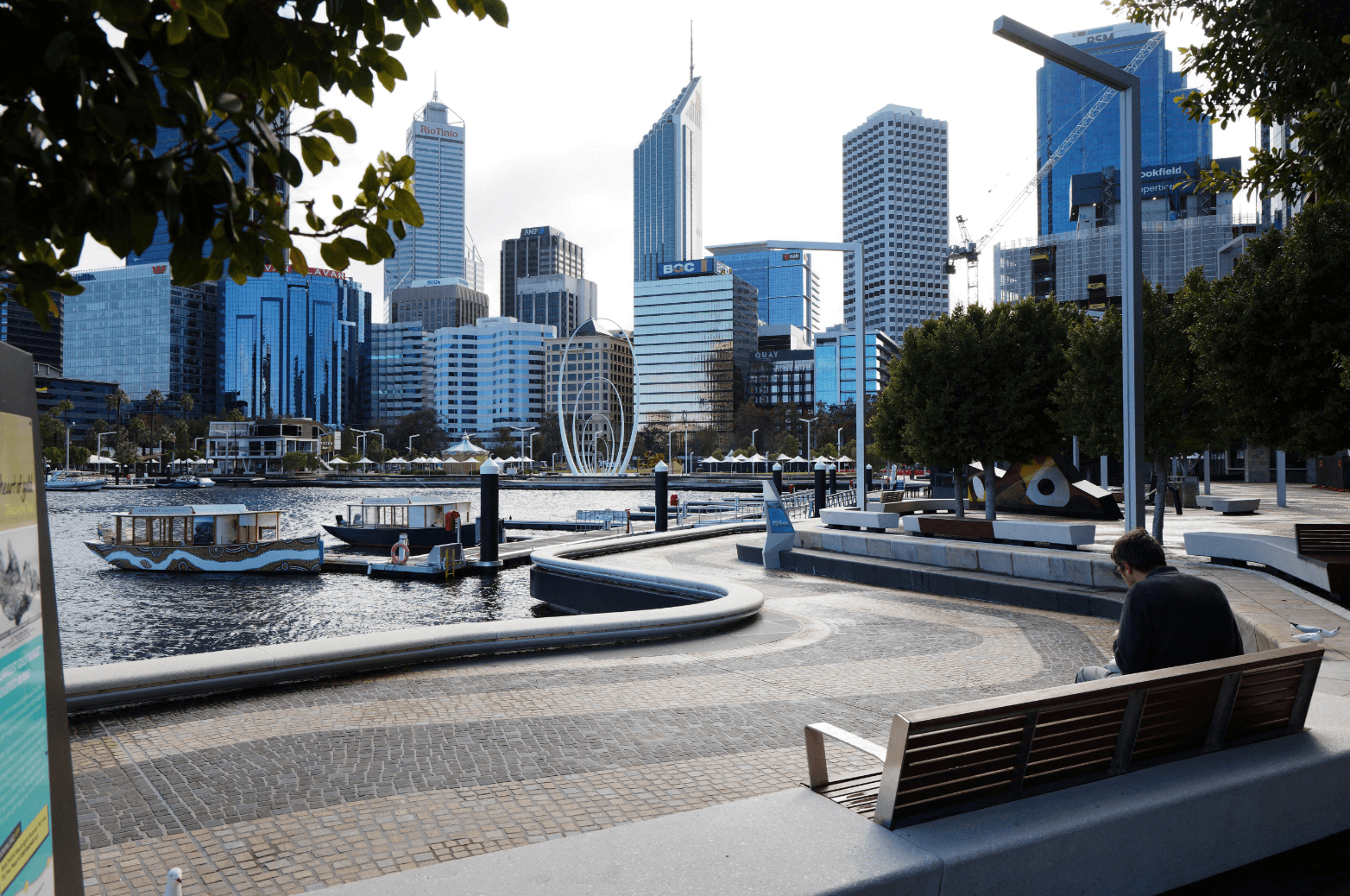
Program Status Update
People residing offshore are now eligible to be considered for Western Australia (WA) State nomination. Invitations to apply for WA State nomination will be via the ranking system.
The Western Australian Skilled Migration Occupation List identifies the occupations in current demand in Western Australia. This List is important if you want to apply for Western Australia nomination for either a:
Western Australia has increased occupations eligible for skilled migration by roughly 60 per cent for the 2022-23 program. New occupations have been added to both the Western Australian Skilled Migration Occupation List Schedule 1 (WASMOL Schedule 1) as well as the Western Australian Skilled Migration Occupation List Schedule 2 (WASMOL Schedule 2). In total, more than 100 occupations were added, including 46 in the health care sector, bringing the total to 276 occupations.
Some examples of the newly added jobs include:
For more information, consult the combined list of eligible occupations.
From 1 July 2022, the WA Government is also temporarily waiving the $200 application fee. Additionally, applicants who apply after this date will no longer need to provide proof of sufficient funds for WA State nomination.
Under the Western Australia Skilled Migration Program 2022-23, the English language requirement has also been reduced for applicants at the Manager and Professional occupation level. Applicants at this level will only need to demonstrate a “competent” proficiency in English.
Before submitting an EOI for Western Australia, applicants should check that they meet all eligibility requirements.
With world-class education, healthy job opportunities and strong public health management, WA is a safe place to live, work and study.
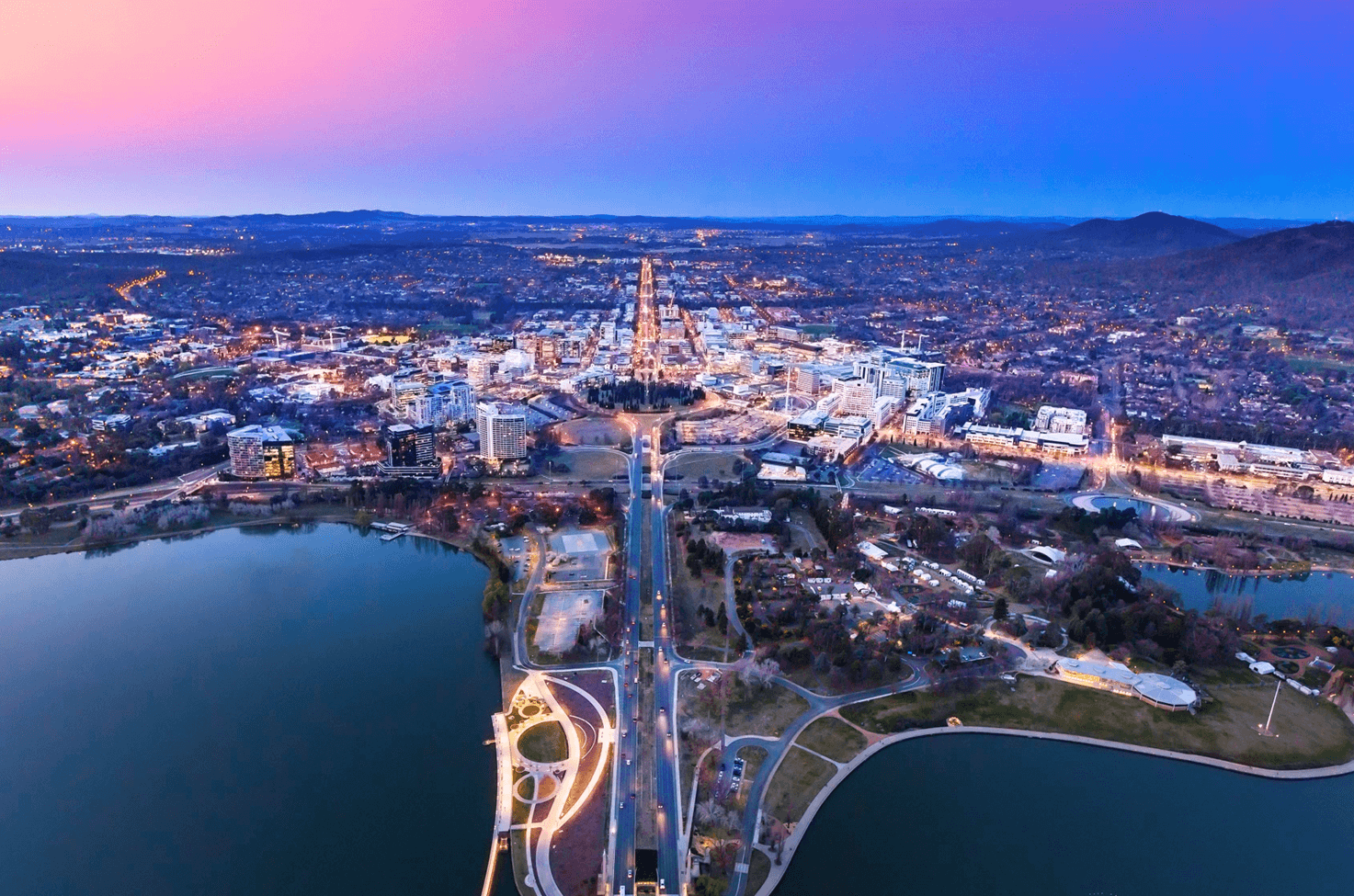
Program Status Update
The ACT Critical Skills List identifies the occupations in current demand in the ACT. This List is important if you want to apply for ACT nomination for either a:
The ACT Government will update this list every four months to make sure that the ACT Skilled Migration Program adapts and responds to the evolving critical skills needs of the ACT economy.
The Canberra Matrix is weighted to ensure that applicants who will make a positive economic contribution to the Territory and/or have demonstrated a genuine commitment to the ACT are more likely to be ranked and invited to apply for ACT nomination.
*ACT nomination does not guarantee a migration outcome. You must still meet the Department of Home Affairs criteria.
Every month, a certain number of nomination invitations are available (prorated on the annual allocation) to those working in the highest ranked Matrix in each occupation.
You can view the ACT’s most in-demand skills for skilled migration by consulting the ACT Critical Skills List.
Before submitting an EOI for The Australian Capital Territory, applicants should check that they meet all eligibility requirements.
Once you’ve submitted a valid Department of Home Affairs SkillSelect EOI, follow the ACT Government Process to apply for ACT nomination.
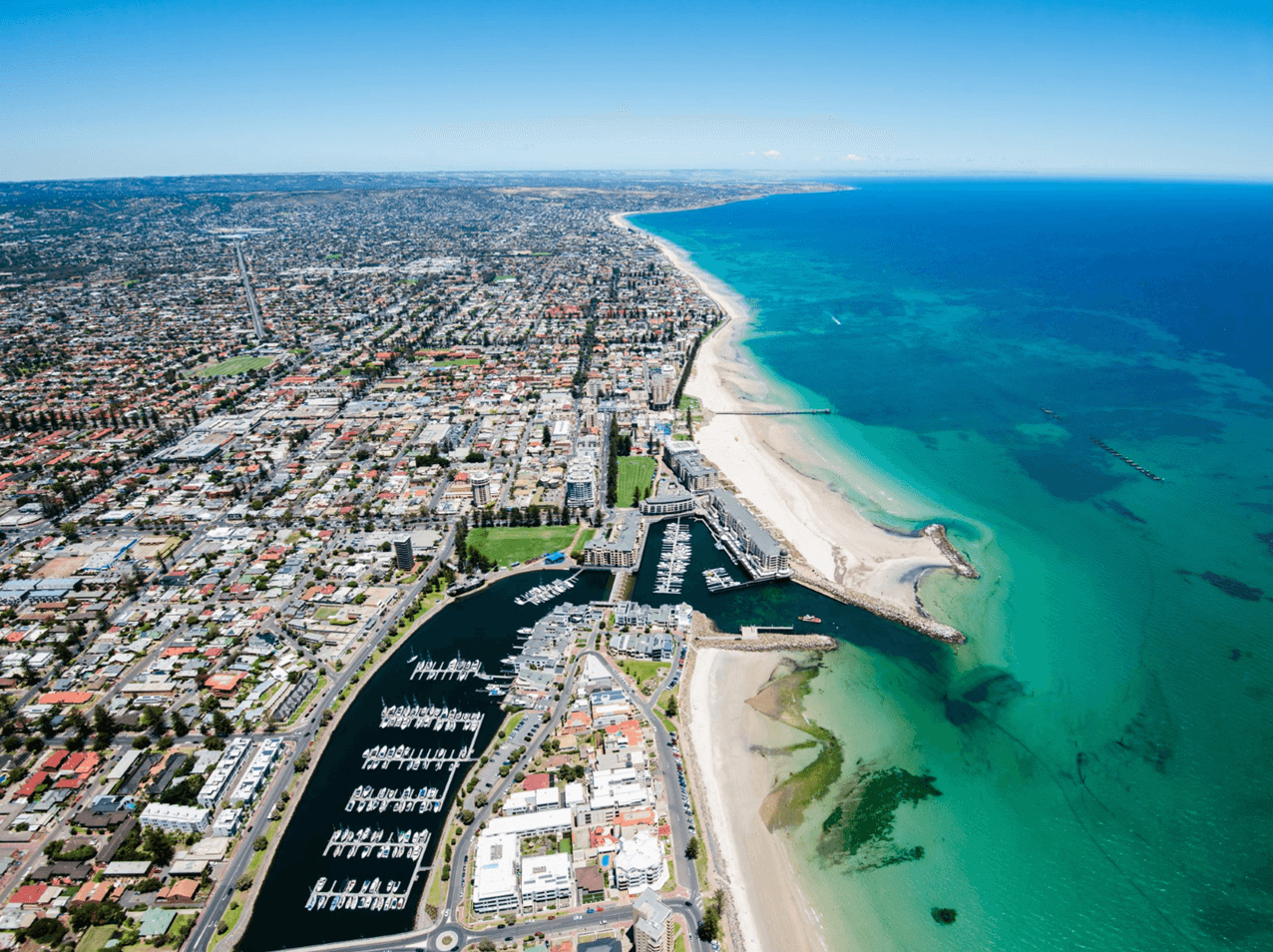
Program Status Update
To manage South Australia’s COVID recovery response, applicants currently residing offshore are still able to apply.
Depending on your occupation and situation, there are two state nomination options available for skilled migrants through South Australia.
For South Australian state nomination, prospective applicants must meet the Department of Home Affairs requirements, state-specific occupation requirements and have skills in an occupation that is available on the South Australian Skilled Occupation List. Offshore applicants meeting the minimum published requirements can now lodge an Expression of Interest (EOI).
There is an enormous range of occupations on South Australia’s Skilled Migration Occupation List in a range of industries – search for your occupation here.
South Australia will increase its nominations of offshore skilled migrants in 2022-23. This is in order to make entry to the South Australian labour market faster, due to urgent skills shortages.
To do this, South Australia will select offshore applicants to apply for state nomination from those who have submitted an Expression of Interest (EOI) through SkillSelect. Offshore applicants will not need to lodge a Registration of Interest (ROI) for this year’s program. South Australia will be nominating offshore applicants from over 470 occupations on South Australia’s Skilled Migration Occupation List. To be eligible, ensure all the information in your SkillSelect EOI is up to date and you have selected South Australia as your first preferred state or territory to move to in Australia.
Before submitting an EOI for South Australia, applicants should check that they meet all eligibility requirements.
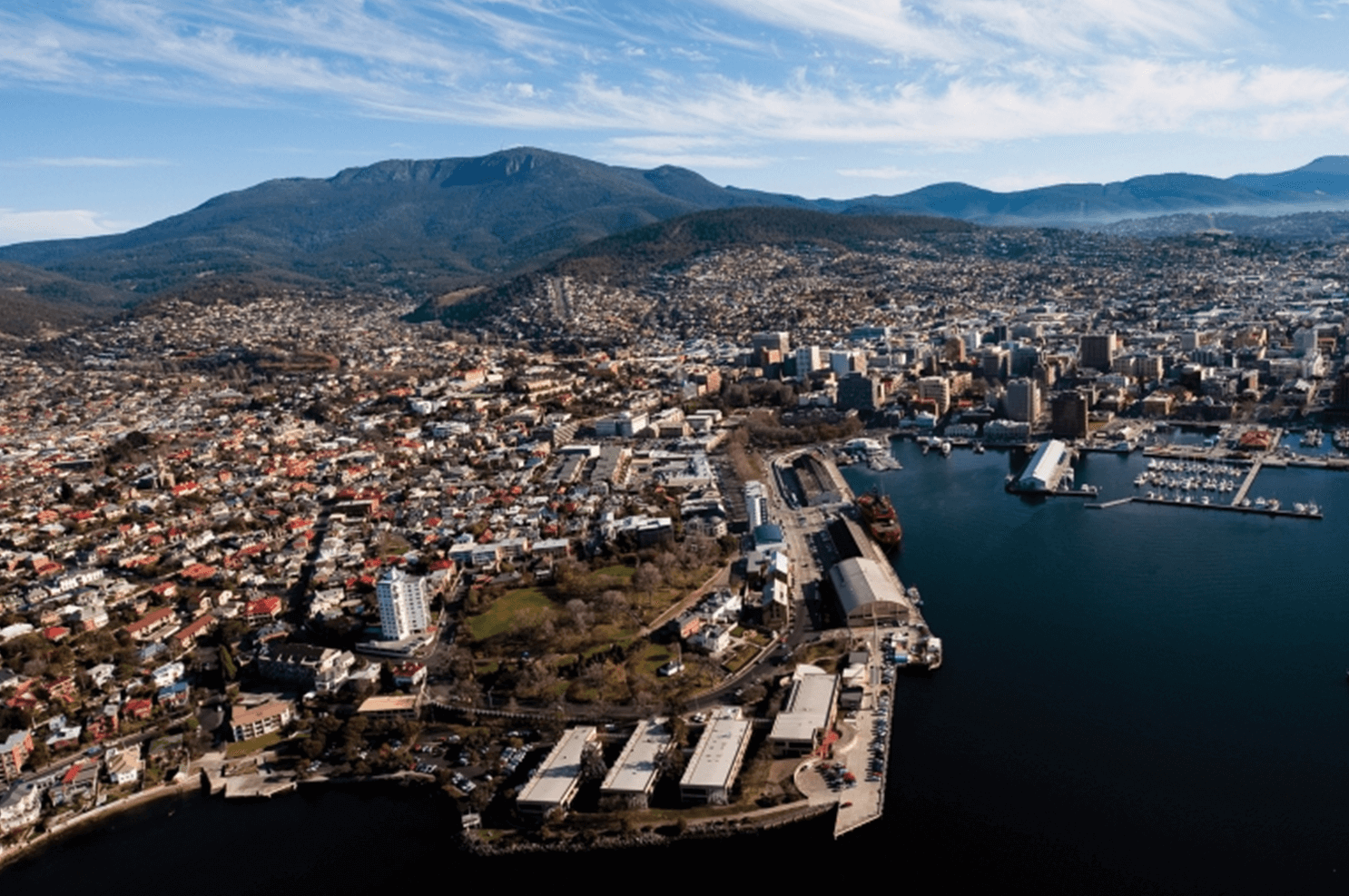
Program Status Update
Changes to nomination requirements:
Only minimal changes have been made to nomination requirements for the Tasmanian 2022-23 program year. A summary of this information is below:
Working in Tasmania
The two state nomination options available for skilled migrants through Tasmania are:
The Tasmanian State Nomination Skilled Migration Program supports Tasmanian businesses and increases the state’s working age population. It does this by attracting and retaining migrants with skills genuinely in need by employers, or with the capacity to settle in Tasmania through skilled employment in the long-term, and business activities that will increase employment opportunities.
Due to the effects of Covid-19, Migration Tasmania’s current nomination priorities continue to be:
Tasmania’s skilled migration program is for people wanting to move to the state who have skills that Tasmania need. Skilled migrants are attracted to Tasmania because of the state’s enviable lifestyle, career opportunities, affordable housing, reputable schools and a globally recognised university.
On Monday 12 September 2022, the Tasmanian Skilled Migration State Nomination Program opened to Gold and Green pass candidates.
Candidates who meet the minimum requirements for one of the nomination pathways and have at least one gold or green priority attribute can now register their interest in nomination. For example, a gold attribute for both the 190 Tasmanian Skilled Employment Pathway and 491 Tasmanian Skilled Employment Pathway visas is having “skills assessment and related employment included in the Critical Roles list (for at least the past 3 months). You can find the green and gold priority attributes for the 190 and 491 visas on the Migration Tasmania website.
During this interim opening stage, all candidates who qualify for a visa will need to seek an invitation from Migration Tasmania before they can apply for nomination.
You can find a detailed step-by-step process on “How to Apply for Tasmania’s 2022-23 interim process” sections for each visa here.
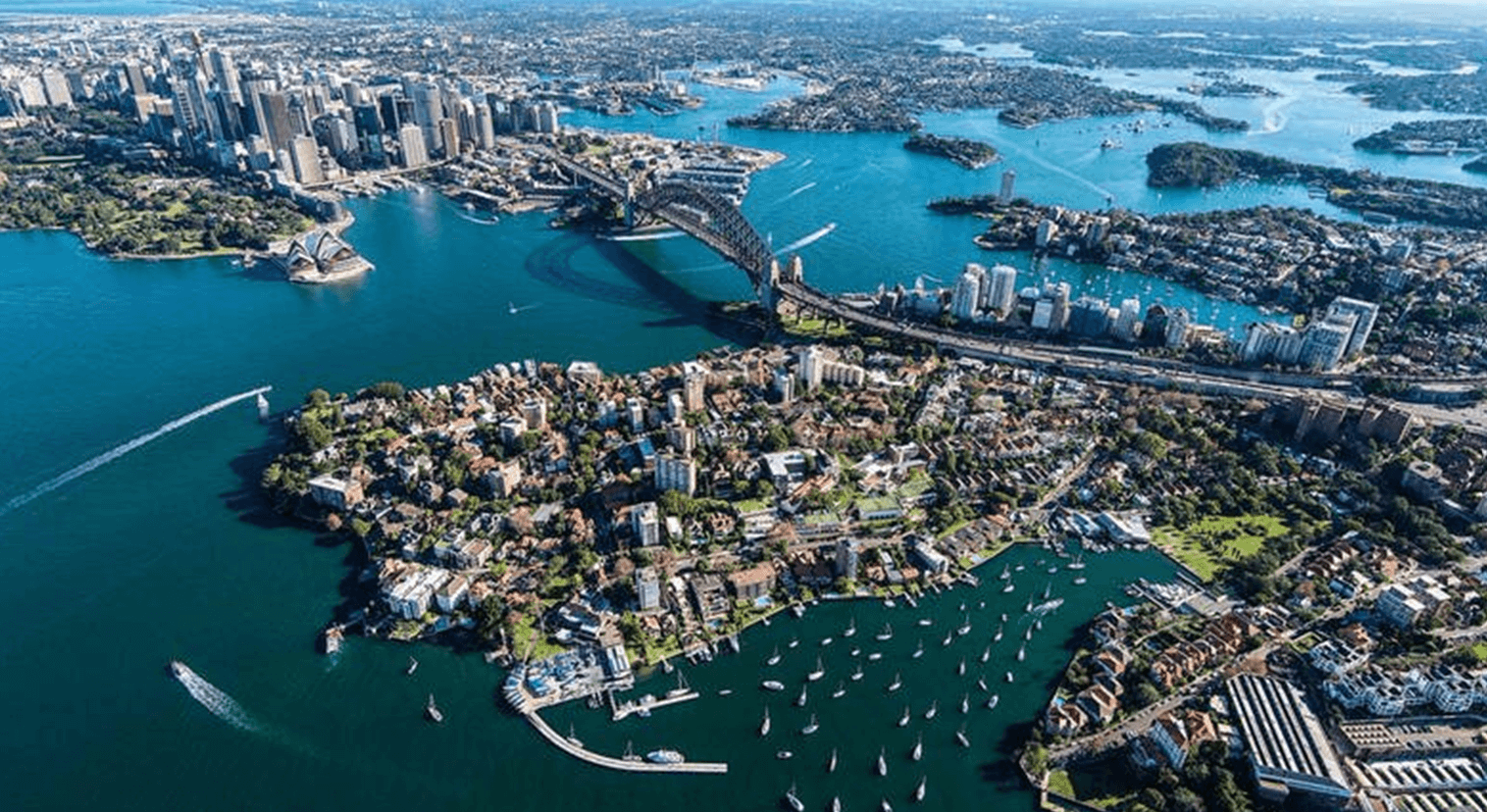
Program Status Update
The New South Wales government has invited applications from offshore migrants under the following nomination streams:
The NSW State Government announced that offshore applicants skilled in certain ANZSCO unit groups are still eligible for NSW nomination.
Offshore candidates criteria:
If you are residing offshore, you must:
*Please note: Invitation rounds occur throughout the financial year.
Some of these identified ANZSCO unit groups include engineering managers, health and welfare service managers, production managers, primary and secondary school teachers, pharmacists, dental practitioners, midwives, registered nurses, social workers, chefs, cooks, and other professions on the Priority Migration Skilled Occupation List (PMSOL).
NSW invites and nominates Skillselect expression of interest (EOI) applicants at the Australian and New Zealand Standard Classification of Occupations (ANZSCO) unit group level. To be eligible for NSW nomination you must be skilled in an occupation that both:
It is important to note that not all occupations within ANZSCO unit groups identified on the NSW skills lists are eligible for the respective visa. Your eligibility will be determined by the Department of Home Affairs. It is your responsibility to ensure your occupation is eligible for the visa you are considering before obtaining a skills assessment.
For the 2022-23 financial year, NSW have introduced a new requirement regarding your Skillselect EOI. To be eligible for NSW nomination, your Skillselect EOI must be for one visa and for NSW only.
This means that if your Skillselect EOI has multiple visas and/or multiple states selected (this includes selecting ‘ANY’), your Skillselect EOI will not be considered for NSW nomination.
The skills lists for 2022-23 are available on the Investment NSW website. Additional ANZSCO unit groups will not be added this financial year, however, the skills lists are reviewed annually.
New requirements for minimum point scores and years of work experience have been introduced for 2022-23.
To be eligible for NSW nomination you must meet the minimum point score and minimum years of work experience in your occupation’s ANZSCO unit group.
For a further explanation of how our skills list works, see the Common questions about skilled visas page on the NSW Government website.
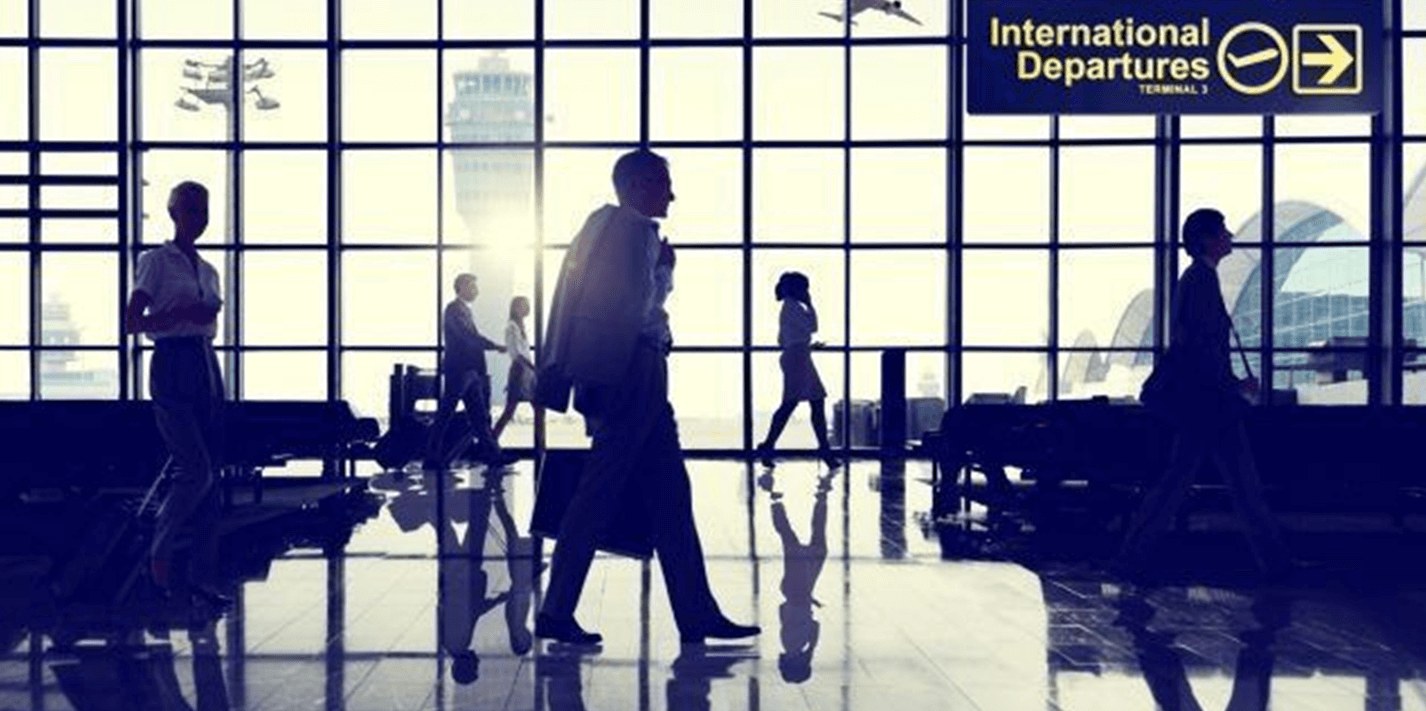
The Department announced on the 4th of November 2022 that a new Ministerial Direction for prioritising skilled visa applications has come into effect as of 28th October 2022.This new Ministerial Direction will cease the Priority Migration Skilled Occupation List (PMSOL), as sectors that had occupations on the PMSOL also had a critical shortage of many other occupations that weren’t on the PMSOL. With the new Ministerial Direction more occupations within these sectors will be processed faster and more efficiently!
You can view the summary version of Australia’s current Skilled Occupation List (SOL) via ‘Step 1’ in the Member’s Area. Note, that this list is a permanent part of Australia’s migration program and as such remains in effect indefinitely.
The new Ministerial Direction states the following:
The Priority Migration Skilled Occupation List (PMSOL) was a temporary list that identified 44 occupations. Even though the PMSOL is no longer active, the occupations on this list still remain critical in supporting Australia’s economic recovery from COVID-19. The list is based on expert advice from the National Skills Commission and in consultation with Commonwealth departments.
Strengthened labour market testing will continue to allow numbers of ‘sponsored skilled workers’ to migrate to Australia to fill urgent skills needed in critical sectors, helping to create Australian jobs and rebuild Australia’s economy.
As of 28th October 2022, 44 occupations were on the PMSOL including (ANZSCO codes):
It is important to reiterate, that even though the PMSOL is no longer active, the above occupations continue to remain critical in supporting Australia’s economic recovery from COVID-19 and international border closures.
The Results of the August 2021 census were made public on 12th July 2022, and revealed that Australia has become a majority migrant nation, as the census data shows for the first time that more than 50 per cent of residents were born overseas or have an immigrant parent. Last year’s census counted nearly 25.5 million people, including 1 million new residents.
As of 9th September 2022, people entering Australia do NOT need to provide evidence of Covid-19 vaccination status. Additionally, people leaving Australia will NOT be asked to provide evidence of their vaccination status. Unvaccinated visa holders do NOT need a travel exemption to travel to Australia. It is however important to remember that airlines, vessel operators and other countries may have specific requirements that travellers need to comply with.
Please see the list of vaccines that are recognised by the Australian government for travel purposes here. Fully vaccinated visa holders should also check Australia’s travel requirements prior to departure.
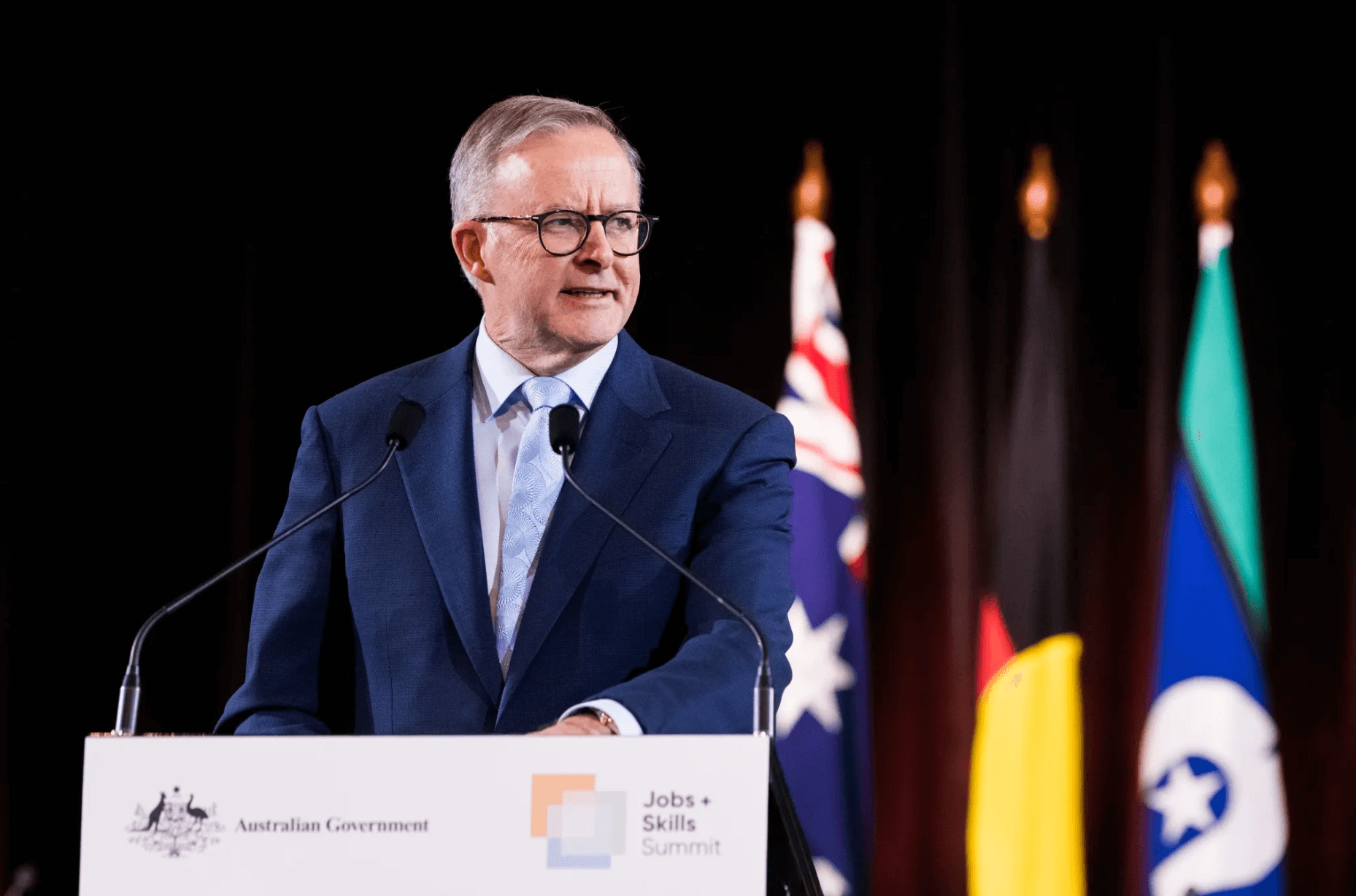
Prime Minister Anthony Albanese states his priorities, “My starting point is in favour of giving people the security that comes with a path to permanent migration, a path to being an Australian citizen.”
An army of aged pensioners and immigrants will be used to help deal with worker shortages as the federal government aims to overhaul the nation’s migration program to focus on permanent rather than temporary residents.
During its two-day jobs and skills summit, the government revealed this year’s permanent overseas migration intake would be increased by more than 20 per cent.
The government will also pump up to $575 million more into the National Housing Infrastructure Facility. It will be used to attract more outside investment, including from superannuation funds, into affordable housing.
The government will also try to encourage people on the aged pension back into the workforce, increasing by $4000 the amount they can earn before having their pension reduced.
It takes to almost $12,000 a year what an aged pension recipient can earn without losing part of their $26,700 annual payment. Changes will also be made to ensure they retain access to the pension concession card for two years if they exceed their income limit.
The changes around migration include $36.1 million to employ 500 people over the next nine months to address the backlog in processing 880,000 visa applications, and increasing by two years post-study work rights for graduates with Australian degrees in areas with verified skill shortages.
In a sign the government is preparing for more substantial changes around migration, Prime Minister Anthony Albanese said there had been an overreliance on temporary labour in specific industries in the past, making the country more vulnerable when temporary visa holders had to leave Australia as the border was shut during the COVID-19 pandemic.
“My starting point is in favour of giving people the security that comes with a path to permanent migration, a path to being an Australian citizen,” he said.
Business Council chief executive Jennifer Westacott said the government’s decision to lift the permanent migration cap was a “really sensible decision”.
“It’s going to put thousands of workers into the system. So too is the commitment to fast-track the processing of visas that are stuck in the system. This is a hugely important announcement,” she said.
The Australian Retailers Association said the increase in the migration intake and extra funding to speed up visa processing were significant policy wins.
“We’re in a global race for talent and we need to ensure Australia is an attractive destination to work and visit,” ARA chief executive Paul Zahra said.
Treasurer Jim Chalmers said the government had been preparing a plan to get older Australians working more if they wanted to since before the election. The measure, which is a trial for the rest of this financial year, is expected to cost $55 million.
“It’s a time-limited measure [that] we hope spurs some additional workforce participation amongst older Australian workers,” he said.
National Seniors chief advocate Ian Henschke said the $4000 increase in what pensioners could earn before their entitlement was reduced was a welcome step, but urged the government to go further.
“This could have been targeted at areas such as healthcare and the childcare sectors where there are substantial shortages of workers,” he said.
Chalmers said there were 36 “concrete areas of action” with a similar number of proposals that would be considered in the coming months or as part of the summit’s employment white paper that is due to be completed within 12 months.
Next week’s cabinet meeting will start considering some of the legislation needed to back up the agreements made at the summit, which was attended by 142 people from business, unions, community organisations and the states.
Liberal immigration spokesman Dan Tehan said it was important that proper visa processes were maintained, adding that a possible overhaul of the entire visa system would be a good step.
“If we can simplify the system that would be a real positive,” he said.
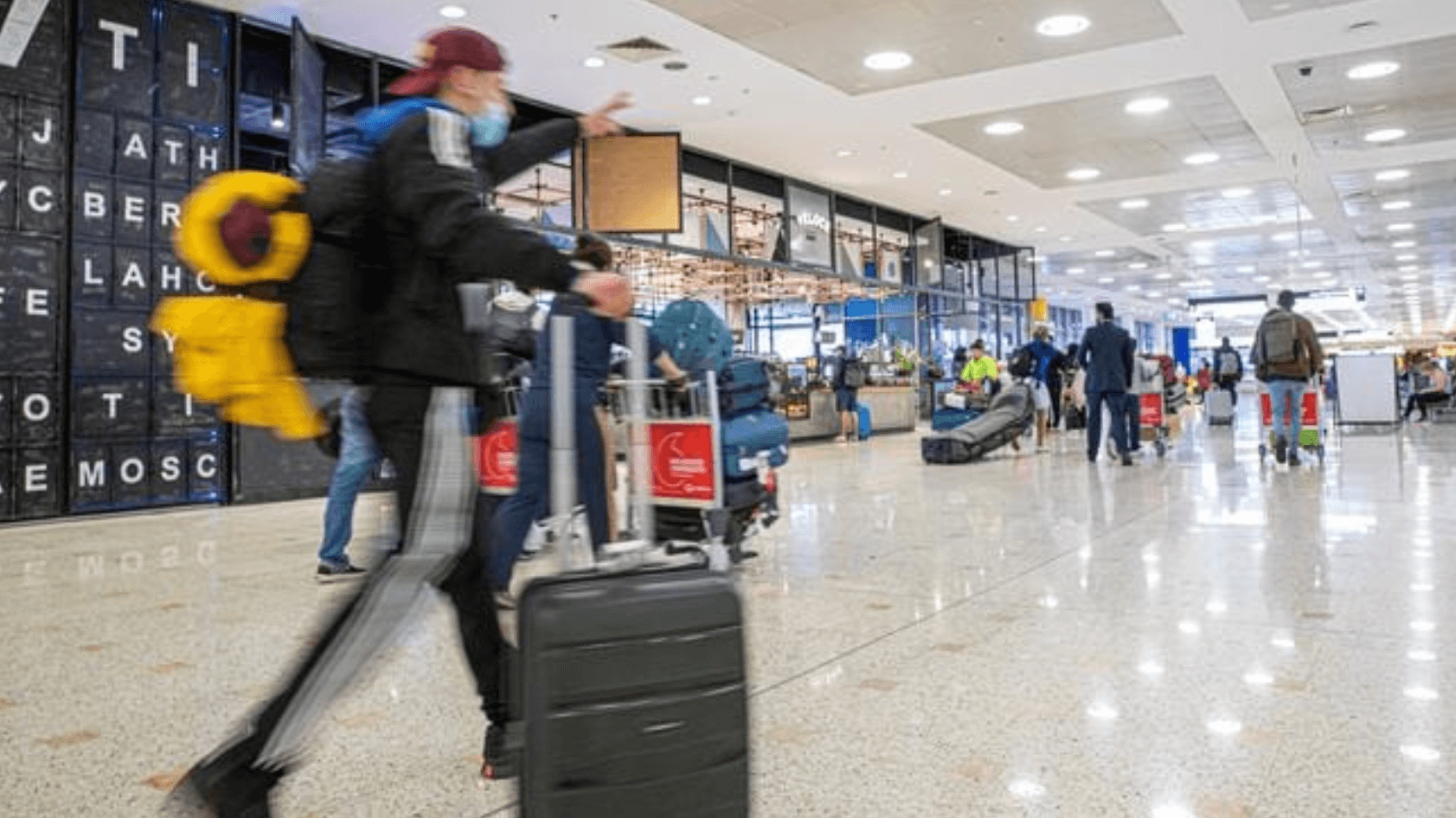
‘It is time to call in the reinforcements.’
The first festive season following COVID restrictions is set to be incredibly busy for Australia’s hospitality sector.
However, experts in the industry are warning restaurants, bars and cafés could be forced to close their doors over this time due to a dire shortage in staff.
New data suggests 200,000 more staff are needed in the industry Australia-wide to help it rebuild from the pandemic lock-downs.
According to hospitality industry jobs platform Barcats Australia, an “army” of hospitality workers is needed this party season.
“The hospitality industry in Australia is worth $71.3 billion, and right now, it is time to call in the reinforcements because if we are any chance of seeing hospitality soar this summer, we need support,” Barcats Australia CEO Jeffrey Williams said.
“We need 200,000 new workers, which is three times the size of the entire Australian Defence Force.”
Williams added it’s been a “long and challenging few years” for the industry, and he is “desperate to see pubs and clubs, bars and restaurants, cafés and hotels thriving again”.
“But the reality is, if we don’t get workers back, customers will suffer. Customers face a 25 per cent increase in wait times, reservation unavailability, increase costs, limited menus and opening hours and a decline in service quality,” he said.
Across Australia the top five hospitality jobs that need filling are bar and wait staff, kitchen staff, management roles, baristas, and hotel staff.
In Sydney alone there are an estimated 1500 vacancies for bar staff, 1000 for wait staff and 2000 for kitchen staff.
The city also needs 1000 managers, 2500 baristas and 2000 hotel housekeepers.
Similarly, in Melbourne there are an estimated 3000 vacancies for wait staff, 1500 vacancies for bar staff and 2500 for kitchen staff.
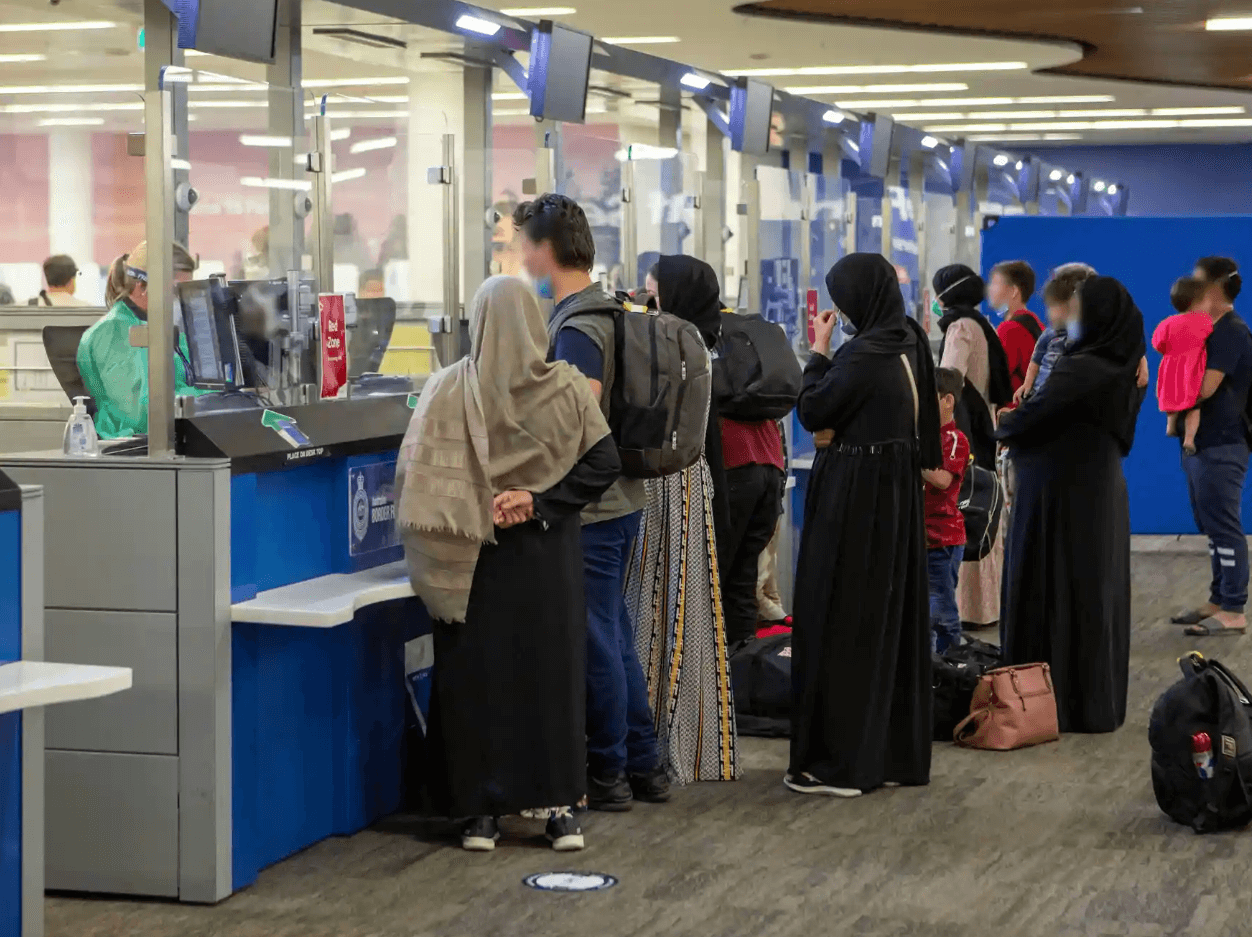
Recall that Australia’s net overseas migration (NOM) hit its highest ever level in the March quarter, with a record 96,200 net migrants arriving…
Now, Australian immigration is surging!
The Albanese Government used last month’s Jobs & Skills Summit to turbo-charge immigration via:
Additionally, expanding work rights for international students via:
In turn, business owners and industry leaders are becoming increasingly excited, as Australia prepares for a record immigration flow next year.
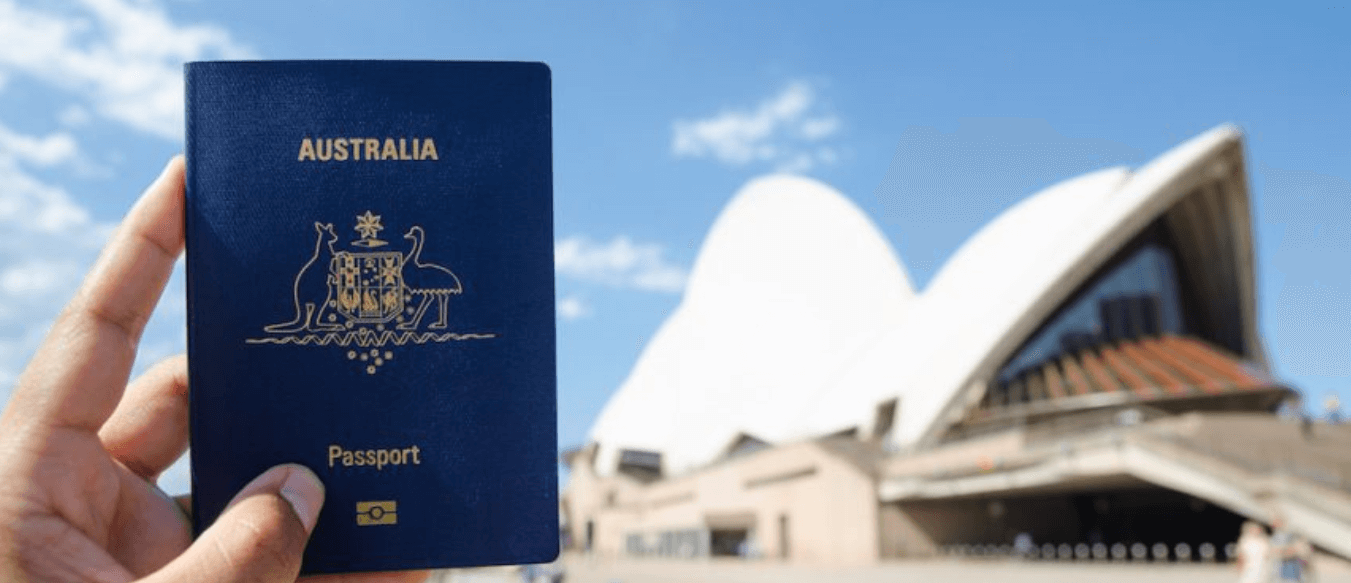
Following the re-opening of Australia’s border earlier this year, net migration has surged and the population is again growing strongly.
This is in line with CCI’s forecast put forward by Chris Joye, who earlier last year foreshadowed that, “Opening borders to vaccinated and rigorously tested human capital flows … will precipitate a wave of skilled, and much needed, overseas talent coming into Australia”.
Prior to COVID, Australia’s population was growing at an annual rate of about 1.5%, which was among the fastest growth in the advanced economies, eclipsed by only a few small nations.
During the pandemic, the population broadly stalled for the first time in over a century, as many people returned to their home country and migration dried up as the border was closed.
With the border open again, the population is rapidly recovering, up about 1% from a year earlier, as at early 2022. This pick-up has continued, with more timely data on the working-age population from the labour force survey suggesting growth accelerated to 1.2% in Q3.
Most other countries do not publish timely population data, but it seems very likely that Australia’s population growth is again at the top of the league table of advanced economies.
This is not surprising given Australia is a very attractive destination given the turmoil in Europe, the political mess in the UK, and China’s continued fight against COVID, while for its part the Commonwealth is working hard to increase skilled migration.
The extent of the rebound in Australia’s population is clear from the surge in net overseas migration, which increased at an annualised rate of 0.4mn people in Q1 after going backwards in 2020 at the height of the pandemic and remaining broadly unchanged last year.
This was the largest increase in the number of migrants in decades, with more timely, albeit volatile, data on net long-term/permanent arrivals suggesting net migration has continued to Q3.
Scaling the gain in net overseas migration by the size of the population, this surge in Q1 matches the peak briefly seen at the height of the mining boom, which itself was the largest increase since the post-WW2 boom in migration.
Students have also returned in extremely large numbers, reversing the decline in 2020 when many students left Australia as the border closed because they were not eligible for government financial support.
On an annualised basis, net student migration was running at about 0.25mn in both Q1 and Q2 this year, accelerating to 0.5mn in Q3, which is the biggest increase since quarterly data first became available in the mid 2000s.
At the same time, there has been a very large rebound in dedicated visas for skilled and temporary workers, although these numbers are volatile.
In Q3, the net number of skilled/temporary visas increased at an annualised rate of 0.2mn, which was also the biggest increase since these quarterly data were first published in the mid 2000s.
Although the estimated number of non-resident workers is yet to show a meaningful rebound, these broader trends points to an imminent pick-up.
All this points to relief for some of the more intense shortages of both skilled and unskilled workers around the country.

Apart from the US, UK and Canada, Australia is among one of the popular destinations for international students. But how much does it cost when you add everything in, like groceries, accommodation, transportation and utilities? According to Study Australia, as of October 2019, students are estimated to pay a total of 21,041 Australian dollars annually, for living costs alone.
Generally, universities across Australia offer on-campus housing which covers utility and meal plans. If you’d prefer a different student experience, several off-campus accommodations are available, with costs varying accordingly.
Though it’s hard to give a solid figure to the actual costs of living in Australia as it varies across cities and personal lifestyle, here is a list of the cheapest Australian cities best for international students to consider:
Canberra
Known as the national capital of Australia, Canberra is one of the most liveable and most affordable cities for international students.
On average, the cost of living in Canberra varies depending on your personal lifestyle and your choice of accommodation, especially if you’re staying off-campus. Accommodation costs vary according to the type of housing you choose – from the cheapest being A$160 per week for a room in a shared house to A$400 to A$500 per week for a house with two to three bedrooms.
On top of accommodation costs, there are also utility and transportation costs. Public transportation is big in Canberra, with many students also choosing to bike around the city. Concession cards for public transport travel are available to tertiary students, reducing costs to just A$1.61 per trip and capped at A$4.80 per day. As for utilities, these can range between A$20 to A$55 per week.
Brisbane
Popular for its warm welcome of expats, job seekers and students, Brisbane’s average cost of living for students varies from A$556 to A$1,120 per month, depending on where you stay. This figure includes rent, meals and groceries, utilities, transport and leisure activities.
TransLink operates transport in Queensland and it includes trains, buses and ferries. Students will have to apply for a go card which is an electronic ticketing system that works across all Translink bus, train (including Airtrain), ferry and tram services in the greater Brisbane, Ipswich, Sunshine Coast, and Gold Coast regions.
Gold Coast
Gold Coast is located an hour down south of Brisbane and is the largest non-capital city in Australia. Compared to living in capital cities, Gold Coast is a considerably cheaper city for international students. Weekly costs — inclusive of rent, food, utilities and transport — total A$350 to A$700.
Operating on the same transport system as Brisbane, students studying on the Gold Coast have to apply for a go card which entitles them to certain rebates and offers.
Hobart
Hobart offers big-city benefits with a small-town flair to international students. Considered one of the most affordable and safest cities to live in, it is perfect for those who enjoy nature. Living here costs an average of A$280 to A$625.
International students qualify for the same concession rates as local students – where the full fare is A$75 a month.
Adelaide
Adelaide is a big city that was planned well before it was built, making it a relatively easy city to get around. Though Adelaide is considered a big city, it doesn’t get as busy as Sydney or Melbourne. It is also 14% cheaper than other major cities. Students here will enjoy a welcoming community with residents of a relaxed attitude. Considering Adelaide is still a city, its weekly costs are between A$350 to A$700.
The transport system in Adelaide includes buses, trams and trains. Unlike the previously mentioned cities, concession cards work on a 14-day or 28-day pass with unlimited trips.
The choice is yours….

Penrith Panthers absolutely DOMINATED the NRL Grand Final. 28 – 12 against the Parramatta Eels! Sydney, NSW, October 2022

The Aussie Steelers are Wheelchair Rugby world champs once again! They beat the USA 58-55 in the final to claim the title for the first time since 2014. October 2022

For the second year in a row, Aussie Sam Kerr has been voted the world’s third-best female footballer. October 2022

Riders enjoying four days with plenty of single track and finishing each day at a world-class winery or brewery at the ‘CAPE TO CAPE’. Margaret River, WA. October 2022
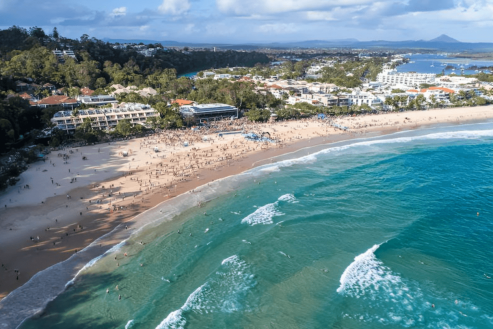
A jam-packed five days of festival fun for everyone at the ‘NOOSA TRIATHLON’! Noosa Heads, Queensland. October 2022
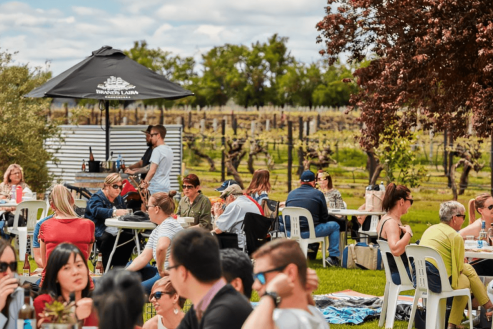
Family and friends enjoying spring-time celebrations at the fabulous food & wine event ‘COONAWARRA CABERNET CELEBRATIONS’. Coonawarra, South Australia. October 2022

Sizzling hawker-style stalls served alongside live music and DJs… Sydneysiders were clearing having fun at the vibrant flavour journey of the ‘SYDNEY NIGHT NOODLE MARKETS’. Sydney, NSW. October 2022

Film-lovers experiencing the very best in contemporary Australian and international feature films, documentaries, shorts, artist’s moving image and VR productions at the ‘ADELAIDE FILM FESTIVAL’. October 2022

Comedy, music, theatre, circus, drama, arts, poetry, cabaret, improv’, storytelling, and workshops at the ‘FRINGE BRISBANE FESTIVAL’. South Brisbane, Queensland. October 2022

Sydneysiders relishing in 100 sculptures by artists from Australia and across the world at the ‘SCULPTURE BY THE SEA, BONDI’ 2 km long outdoor exhibition! Sydney, NSW. October 2022
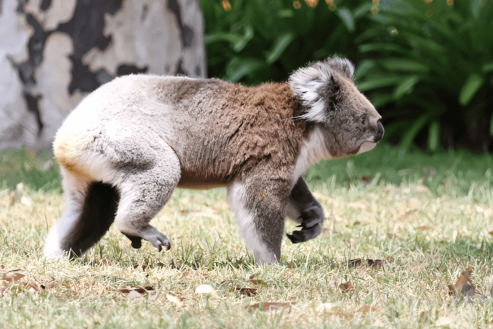
A koala captured going for his morning walk. East Gippsland, Victoria. October 2022

This couple, enjoying a beautiful evening on a little patch of paradise! Ningaloo Reef, Western Australia. October 2022
As legislation and travel requirements are constantly changing, we strongly recommend obtaining advice on your individual situation from a Registered Migration Agent. Please click here to book a consultation with one of our Registered Australian Migration Agents, located in Australia.






You can manage your membership and billing method by clicking here
Terms of Service
Privacy Policy
Copyright © 2024 Office of Immigration Australia, a private company registered in Australia. All Rights Reserved.